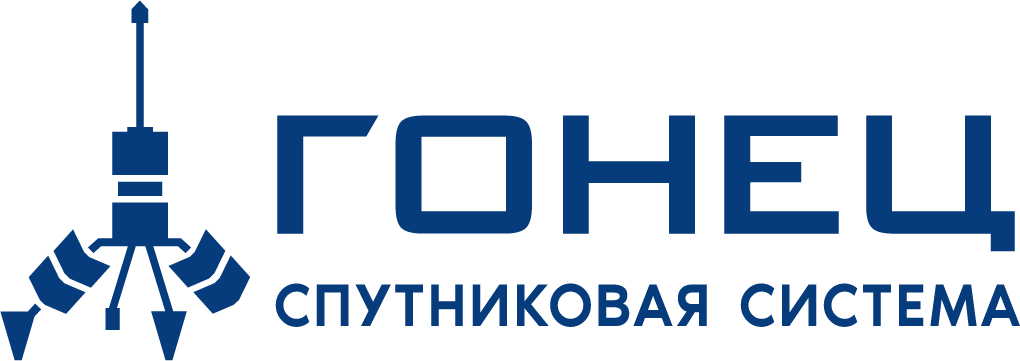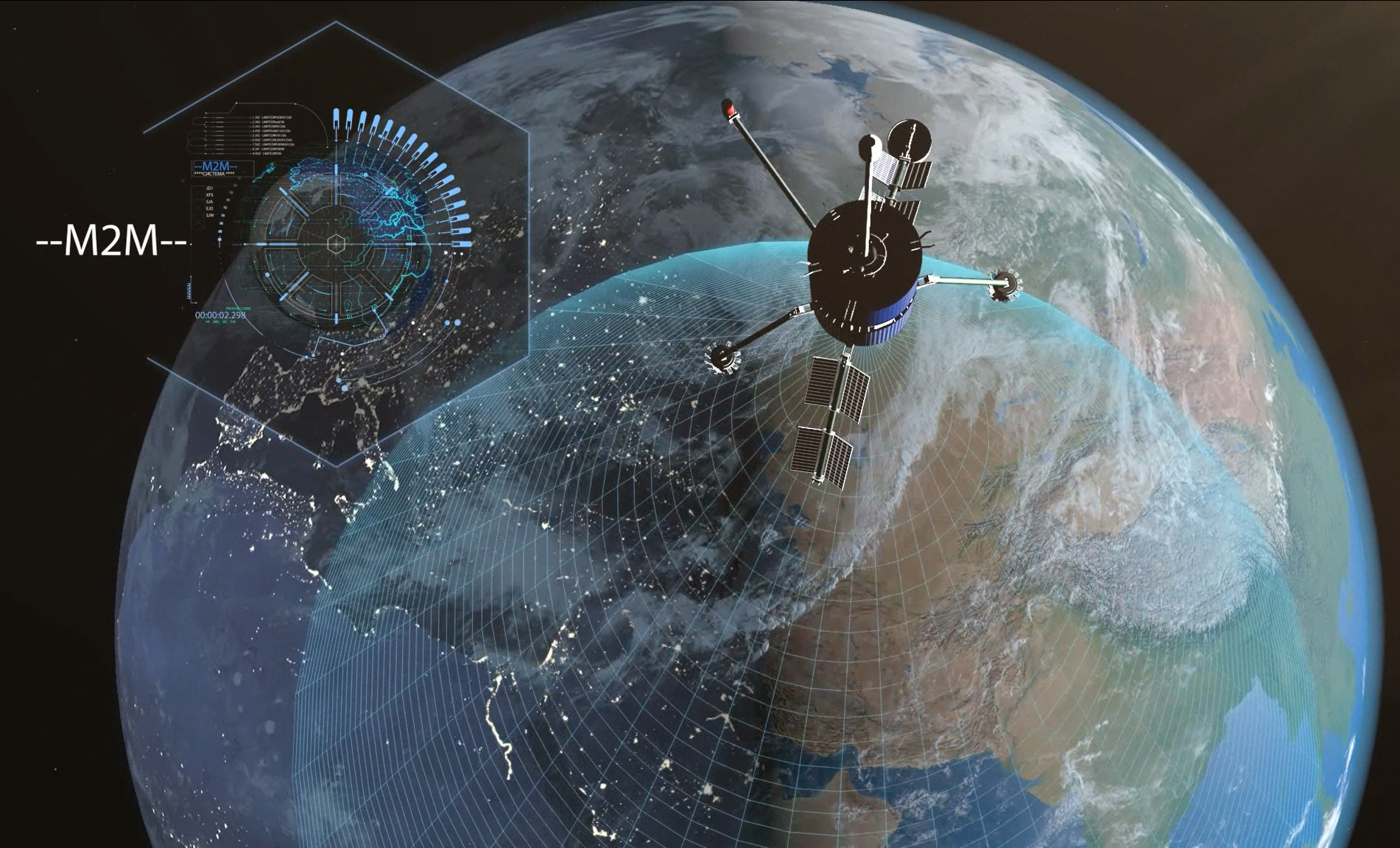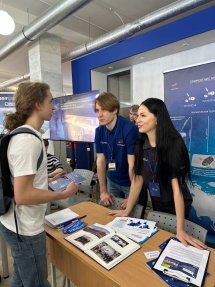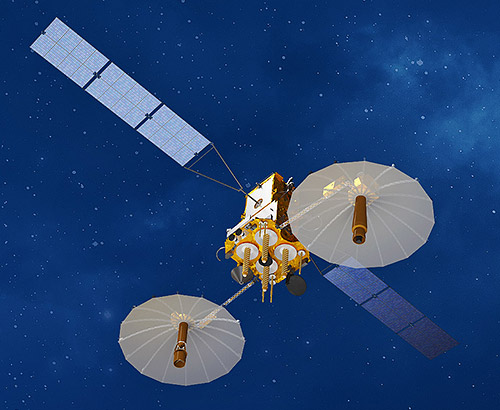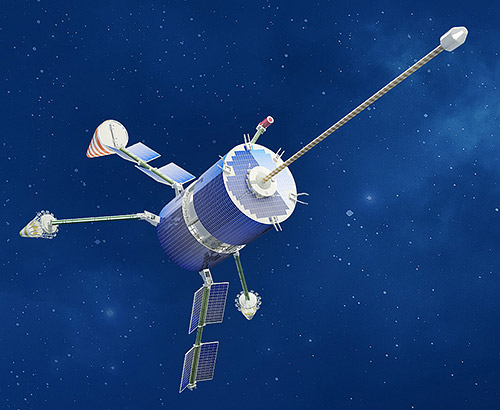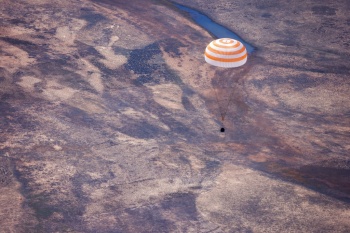The Gonets Satellite System Company (part of the Roscosmos State Corporation) took part in the final stage of deployment in Khabarovsk of a new station for receiving information from emergency beacons of the COSPAS-SARSAT international space search and rescue system.
In addition to the Gonets Satellite System company, installation, preparation and commissioning and complex inspections were carried out by specialists of other Roscosmos enterprises — the Russian Space Systems Holding and the Special Design Bureau of the Moscow Power Engineering Institute, Reshetnev Company, as well as the Research Center for Space Hydrometeorology "Planet" of Roshydromet, on the territory of which the station is deployed.
The results of the tests confirmed the station's readiness for commissioning using the Luch-5A satellite of the multifunctional space relay system Luch (the operator is the Gonets Satellite System company), which will significantly expand the capabilities of the COSPAS-SARSAT system.
The International Satellite Search and Rescue System COSPAS-SARSAT was established in 1979 as a joint project of the USSR, the USA, Canada and France. Currently, 45 countries are participating in the project. Over 60 thousand people have been rescued in the more than 40-year history of the system's operation. Access to COSPAS-SARSAT emergency data is provided to all States free of charge.
The system includes space and ground segments, as well as a segment of beacons. Air and sea vessels are subject to beacons, and recently the use of personal emergency beacons in the system has been growing significantly. Even Russian Soyuz manned ships are equipped with emergency COSPAS-SARSAT beacons.
In the event of a disaster situation, the signal from the emergency beacon is received by COSPAS-SARSAT satellites and transmitted to ground stations for receiving and processing information. Next, emergency messages are sent to the COSPAS-SARSAT coordination centers, after which they route information about the activation of emergency beacons and their coordinates to the search and rescue services.
In the Russian segment of the COSPAS-SARSAT orbital constellation, low-orbit meteorological satellites Meteor-M, medium-orbit navigation devices Glonass-K, geostationary relay satellites Luch-5 and hydrometeorological devices Electro-L, as well as the highly elliptical hydrometeorological satellite Arctic-M are operating for their intended purpose.
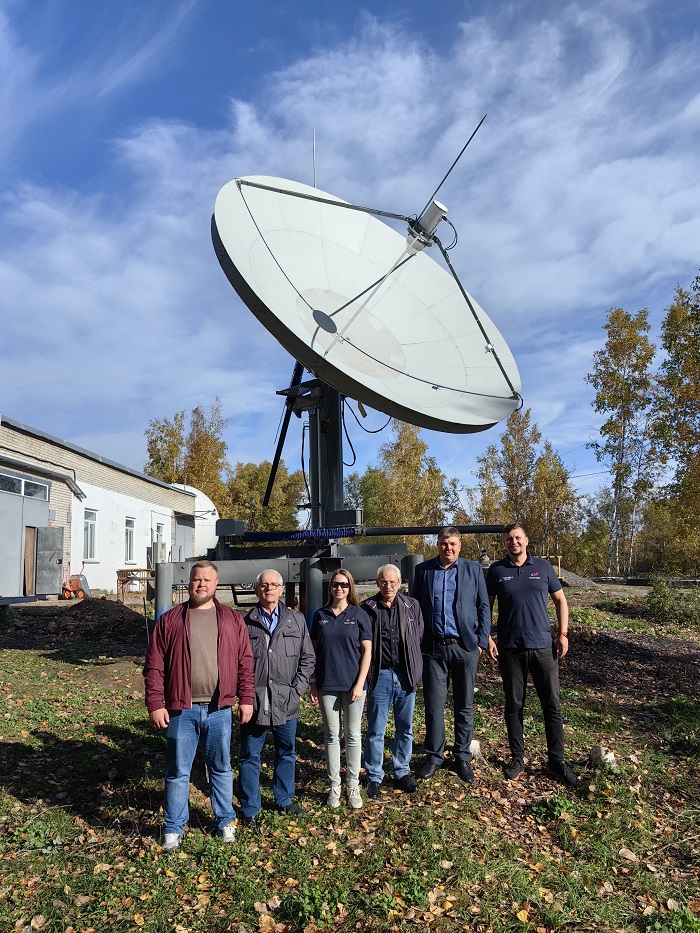
A new station for receiving and processing information from emergency beacons in Khabarovsk
